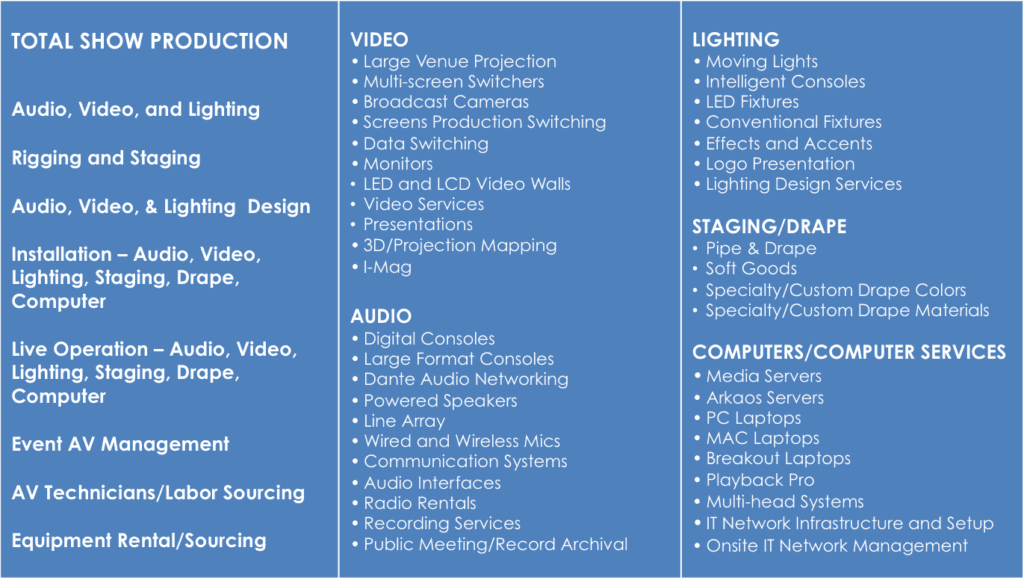When configuring AV installations, the importance of wiring and connectivity cannot be overstated. Proper infrastructure not only ensures that sound and image quality are retained but also guarantees the reliability of the entire system. In any AV setup, whether for a school, office, or residential cinema, optimizing the wiring can lead to better performance and fewer technical glitches. This guide will explore key strategies for improving cable management and interfacing in AV systems.
The first step in enhancing audio-visual setups is to select the right cables for the task. Distinct types of cables serve various purposes, so identifying reliable ones is crucial. For example, HDMI cables are common for delivering high-definition video and acoustic signals. In comparison, balanced audio cables like XLR can reduce interference in sound systems. It is vital to assess the distance and quality of these cables, as longer cables can cause signal deterioration. By purchasing premium cables that match the precise needs of the AV configuration, users can significantly boost total performance.

Another important strategy is managing the wiring efficiently. A neatly arranged wiring system not only looks cleaner but also enhances functionality. Using cable management solutions like clips, ties, or sleeves can help maintain wires orderly and avoid tangling. This layout also makes it more efficient to resolve any issues that may emerge. Labeling each cable according to its role or source can reduce time during repairs or repairs. A well-labeled layout helps technicians quickly locate connections, which is especially critical in multi-device systems with multiple website here devices.
Additionally, assessing the layout of the environment is crucial for improving connectivity. The placement of components can impact how signals move through see here cables. Installing devices too far apart may necessitate longer cables or signal boosters, which can be costly and reduce quality. It is beneficial to design the organization of equipment carefully, taking into account the spacing between devices and potential barriers such as walls or furniture. This optimized placement can reduce issues related to signal loss and enhance signal integrity throughout the AV system.
Scheduled maintenance checks are another critical strategy for supporting maximum operation of AV infrastructure and connectivity. Over time, cables may become damaged due to handling or wear and tear. Routinely inspecting all connections helps identify potential problems before they worsen into significant issues. Swapping out aged cables and servicing connectors can restore signal quality and guarantee the system runs smoothly. Using a schedule for periodic maintenance can help users stay on top of this aspect of their AV setups.
Finally, remaining aware about modern innovations and protocols is essential for anyone managing AV systems. The industry is rapidly evolving with advancements in technology that can improve integration and efficiency. Attending workshops, following industry journals, or becoming a member of professional communities can deliver beneficial information into best practices and up-to-date technologies in the industry. By adopting these technologies and applying them to legacy systems, users can enhance their AV setups consistently while guaranteeing they remain in line with industry standards.
In conclusion, enhancing infrastructure and AV performance in AV setups involves careful choice of cables, effective organization, strategic space design planning, scheduled maintenance checks, and remaining current on industry innovations. By utilizing these practices, users can attain improved performance and reliability in their audio-visual setups, ultimately leading to a more enjoyable experience for everyone involved.